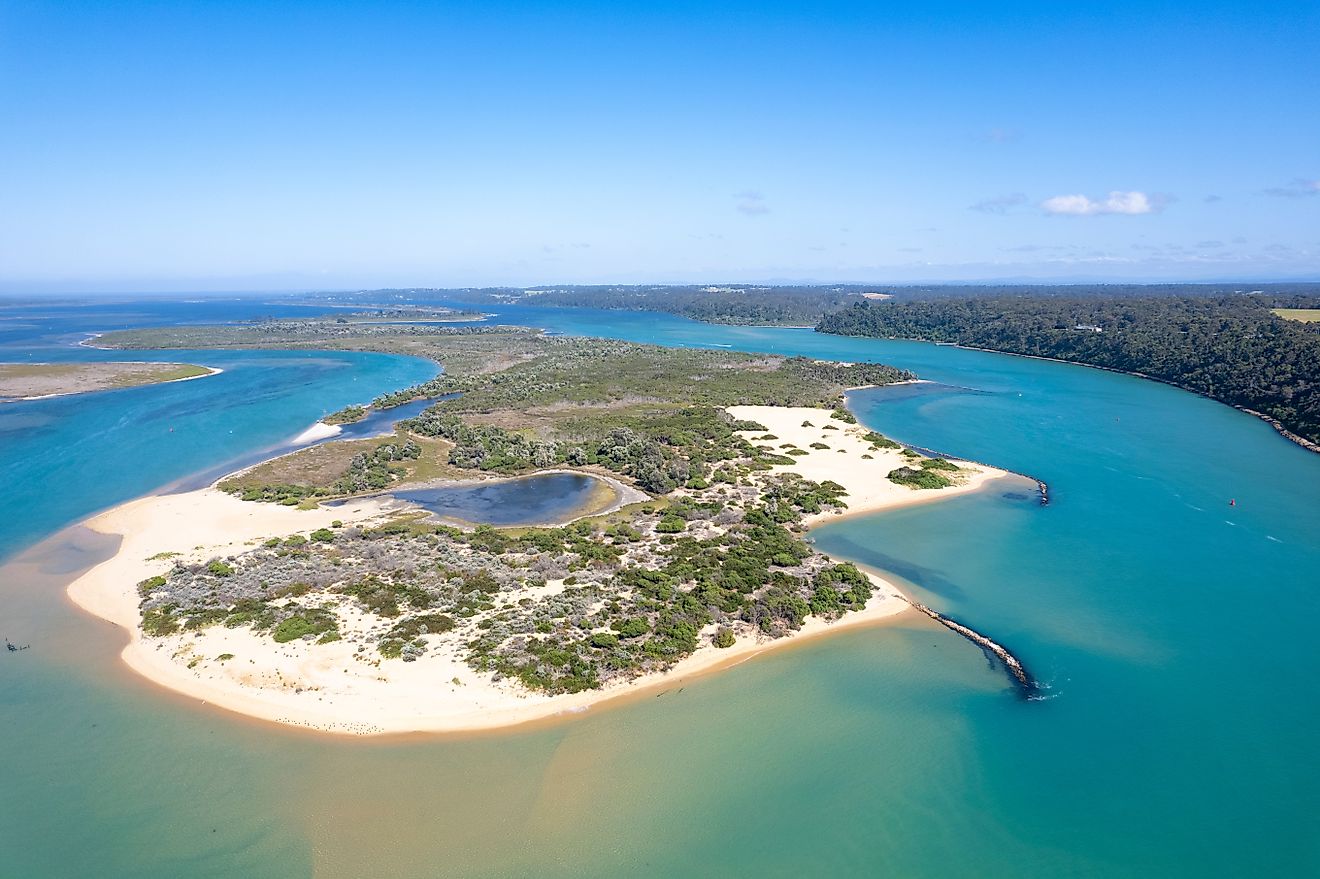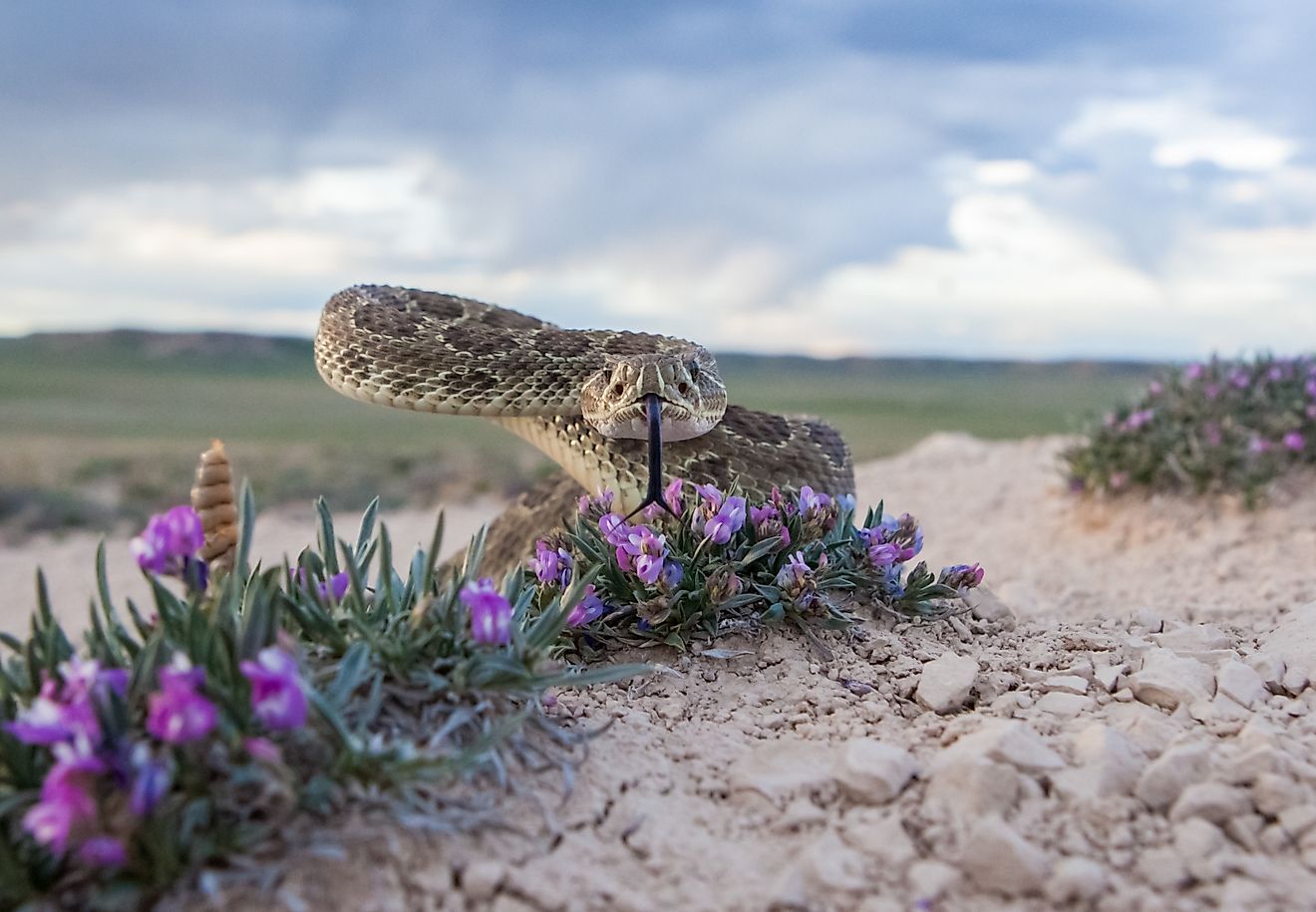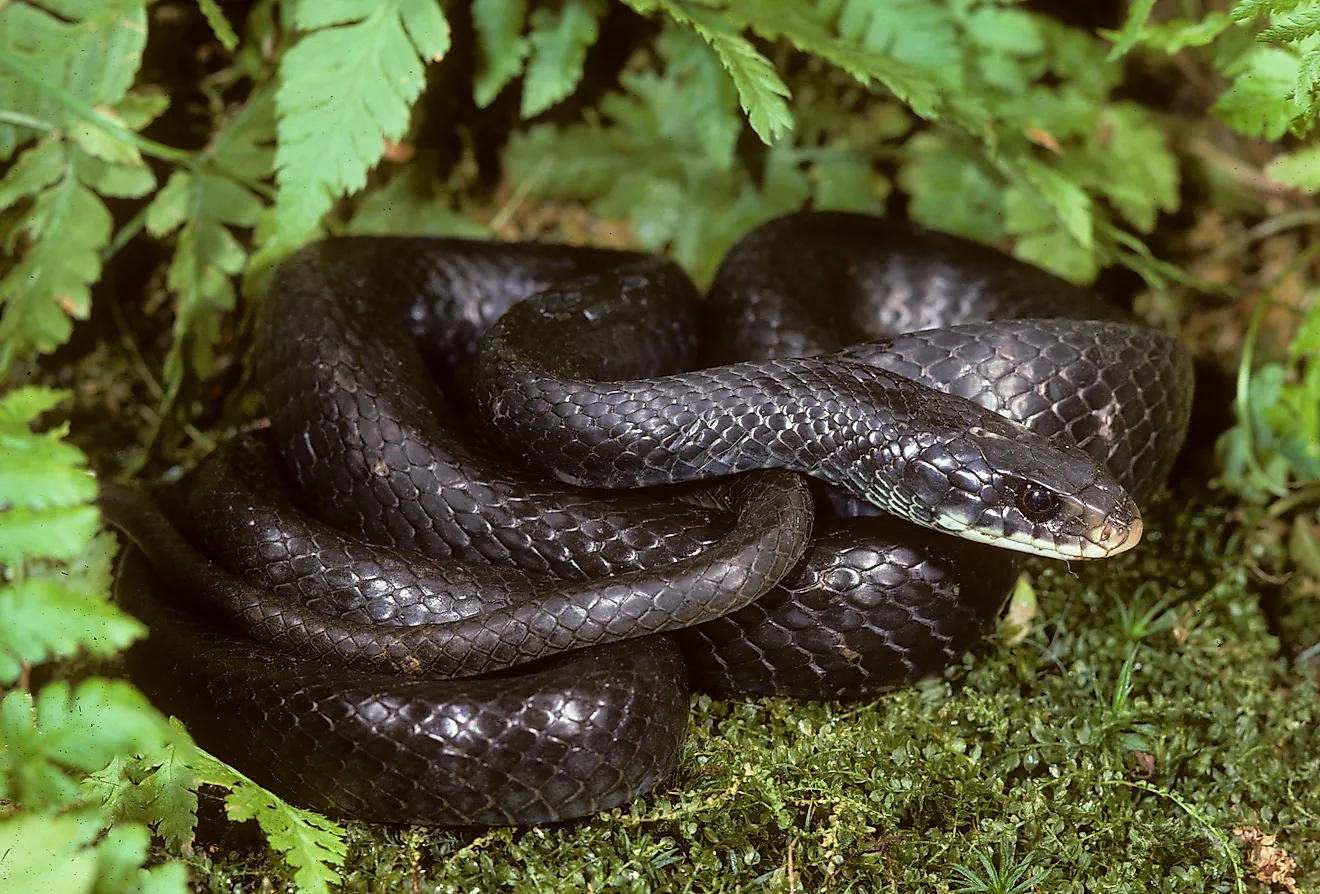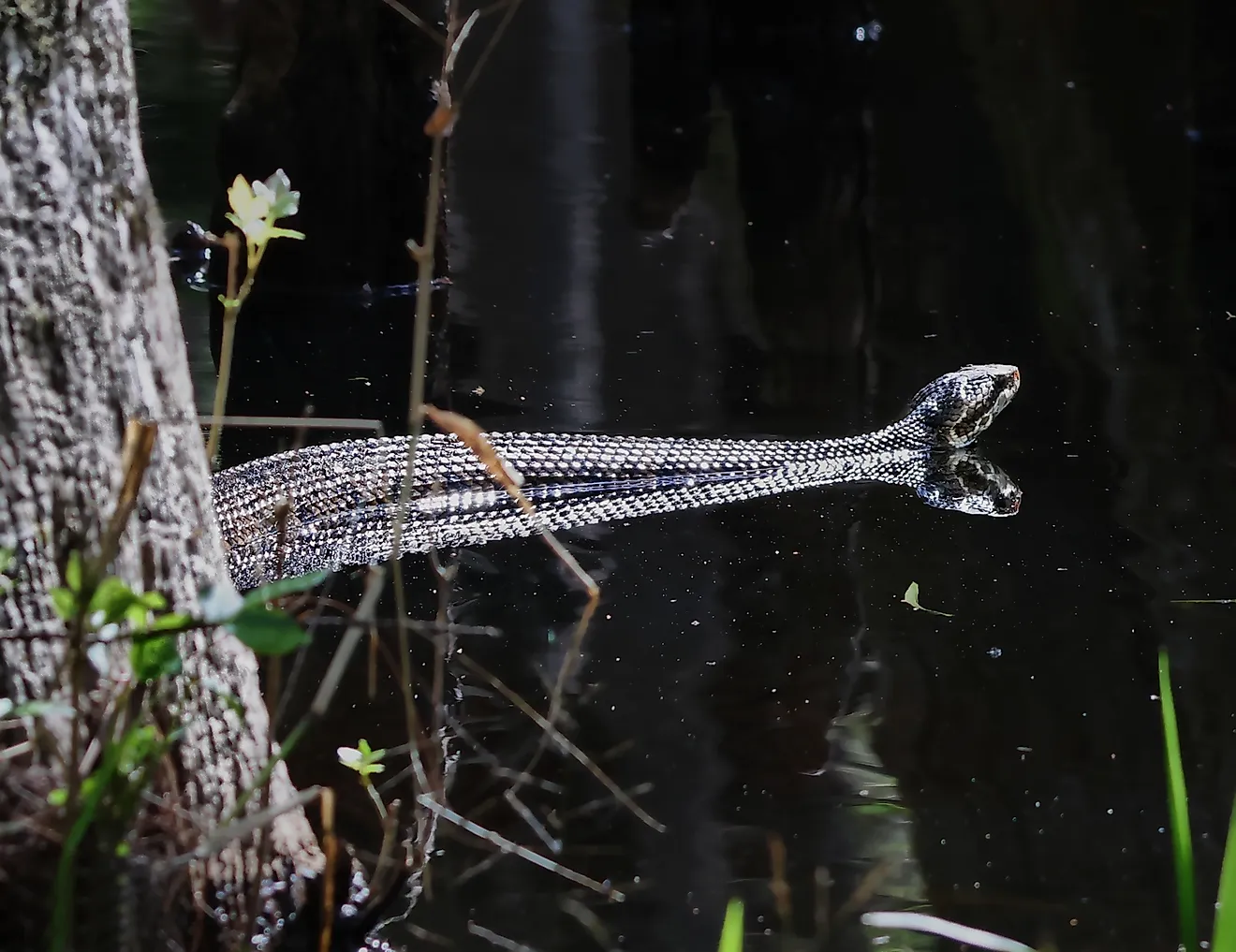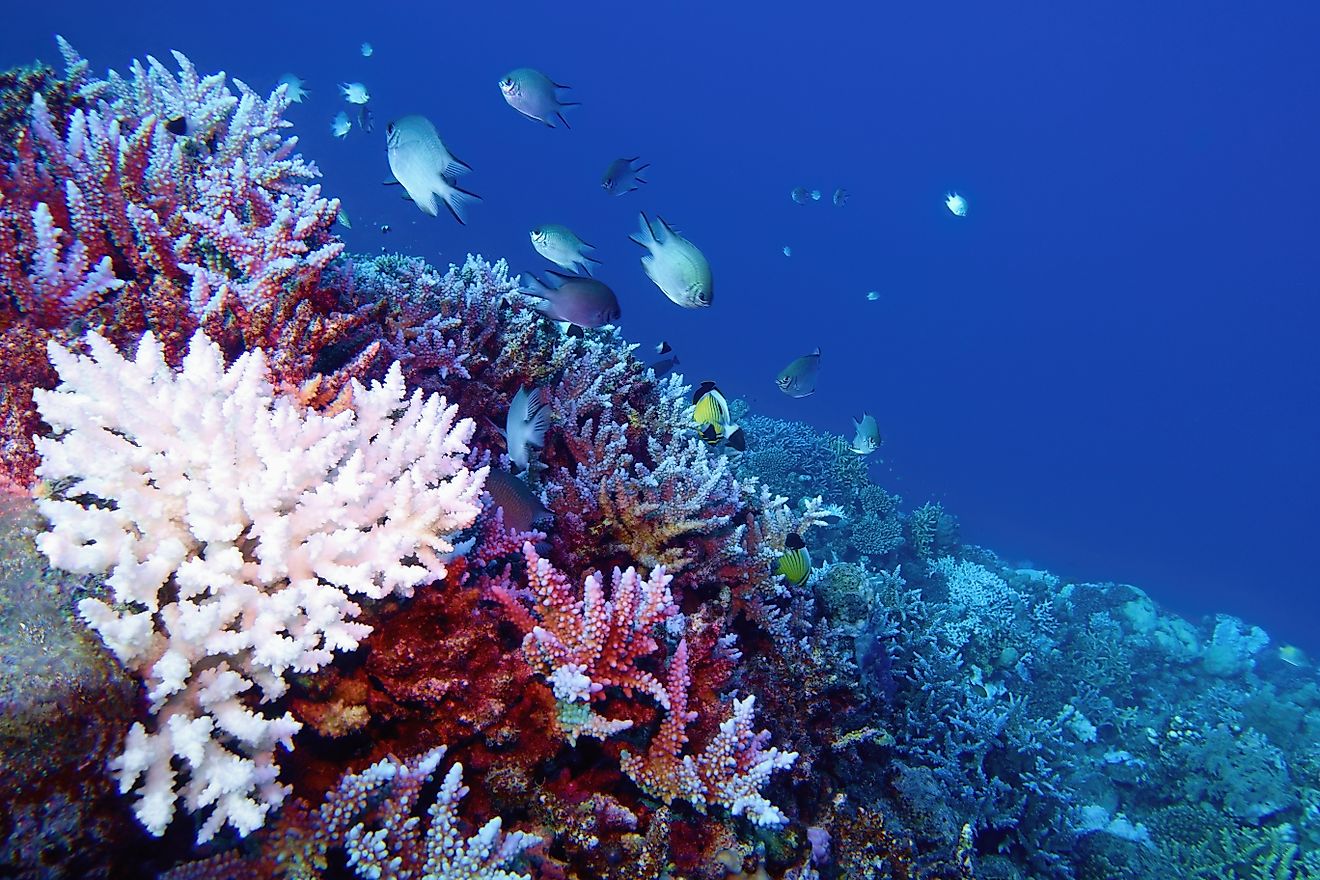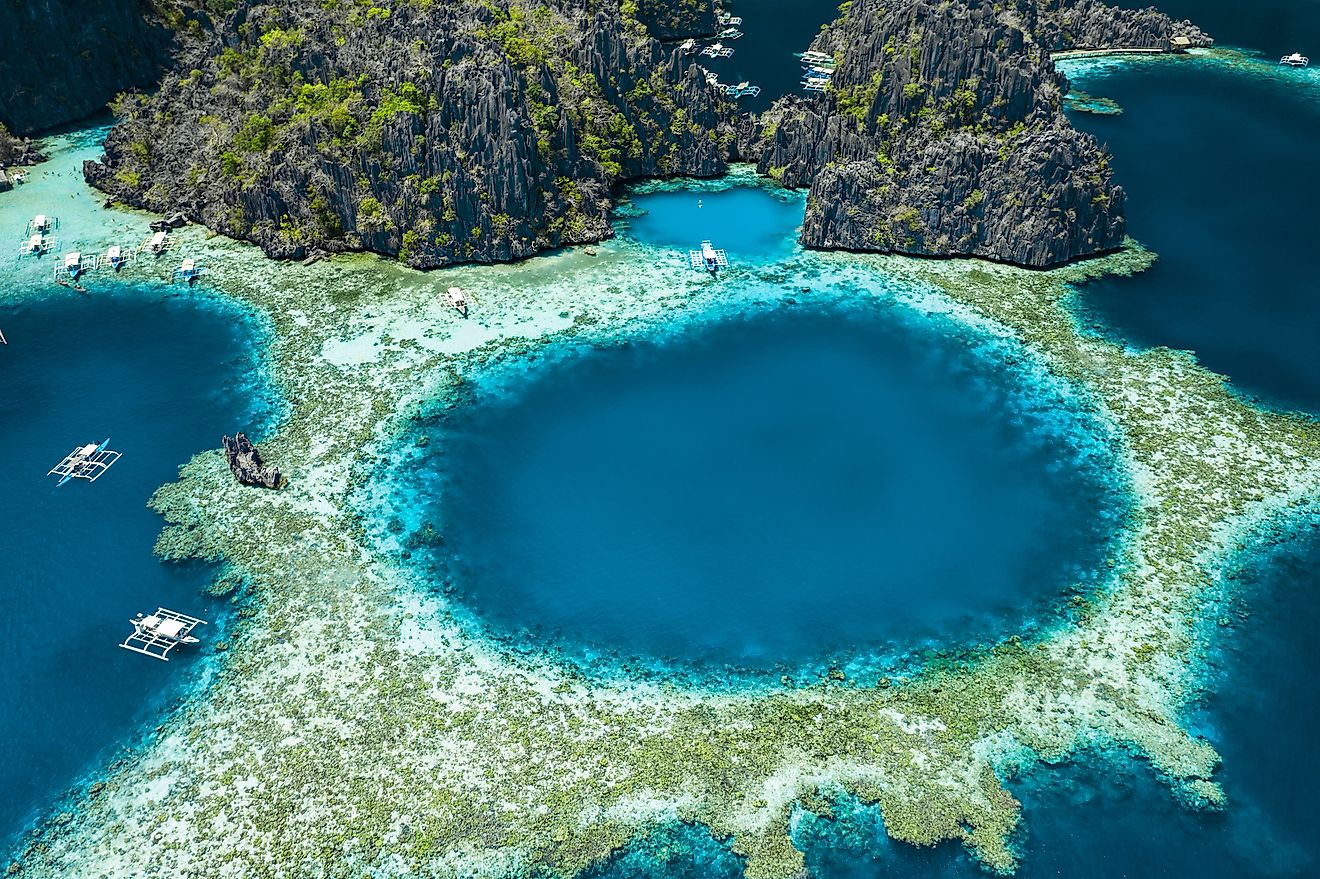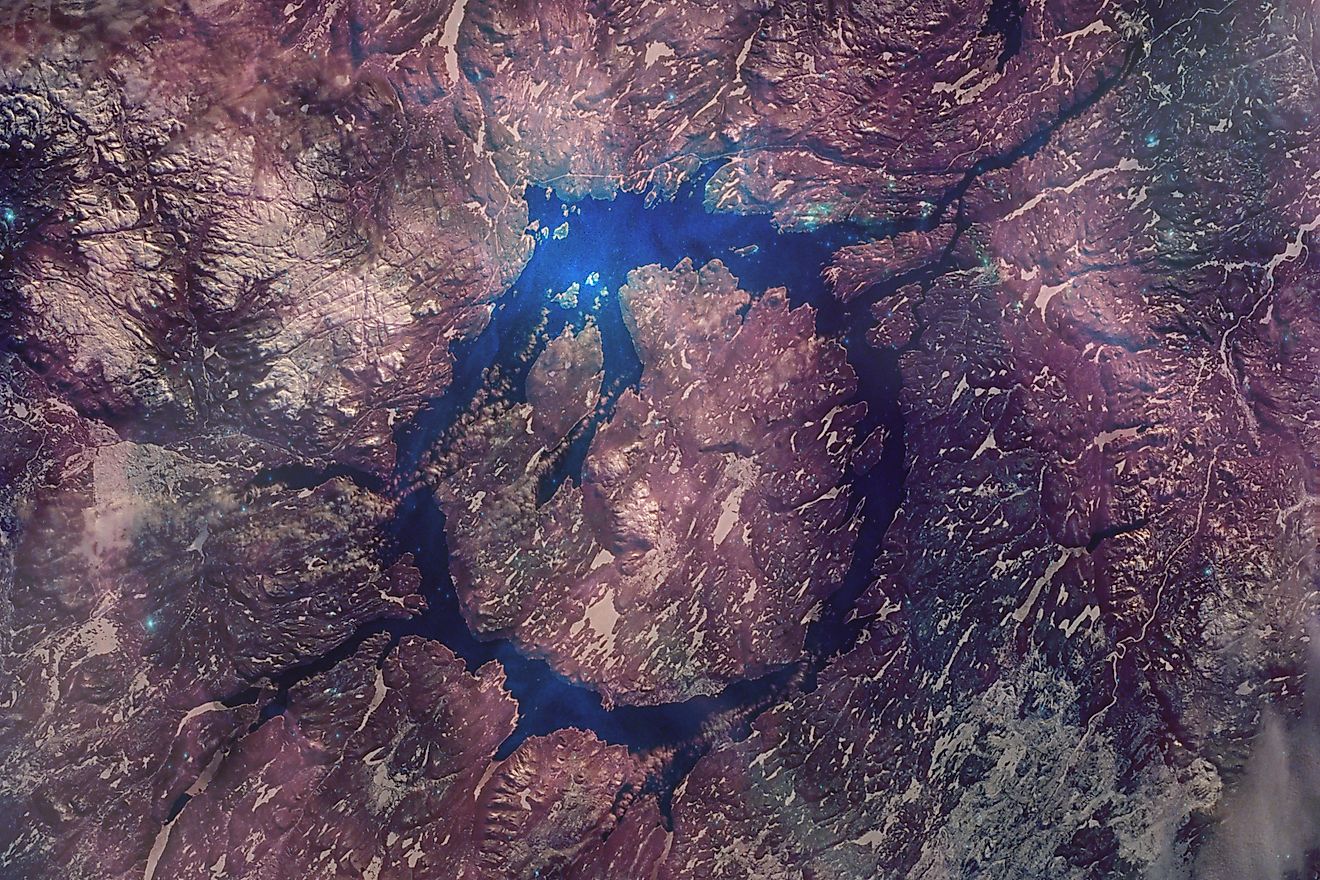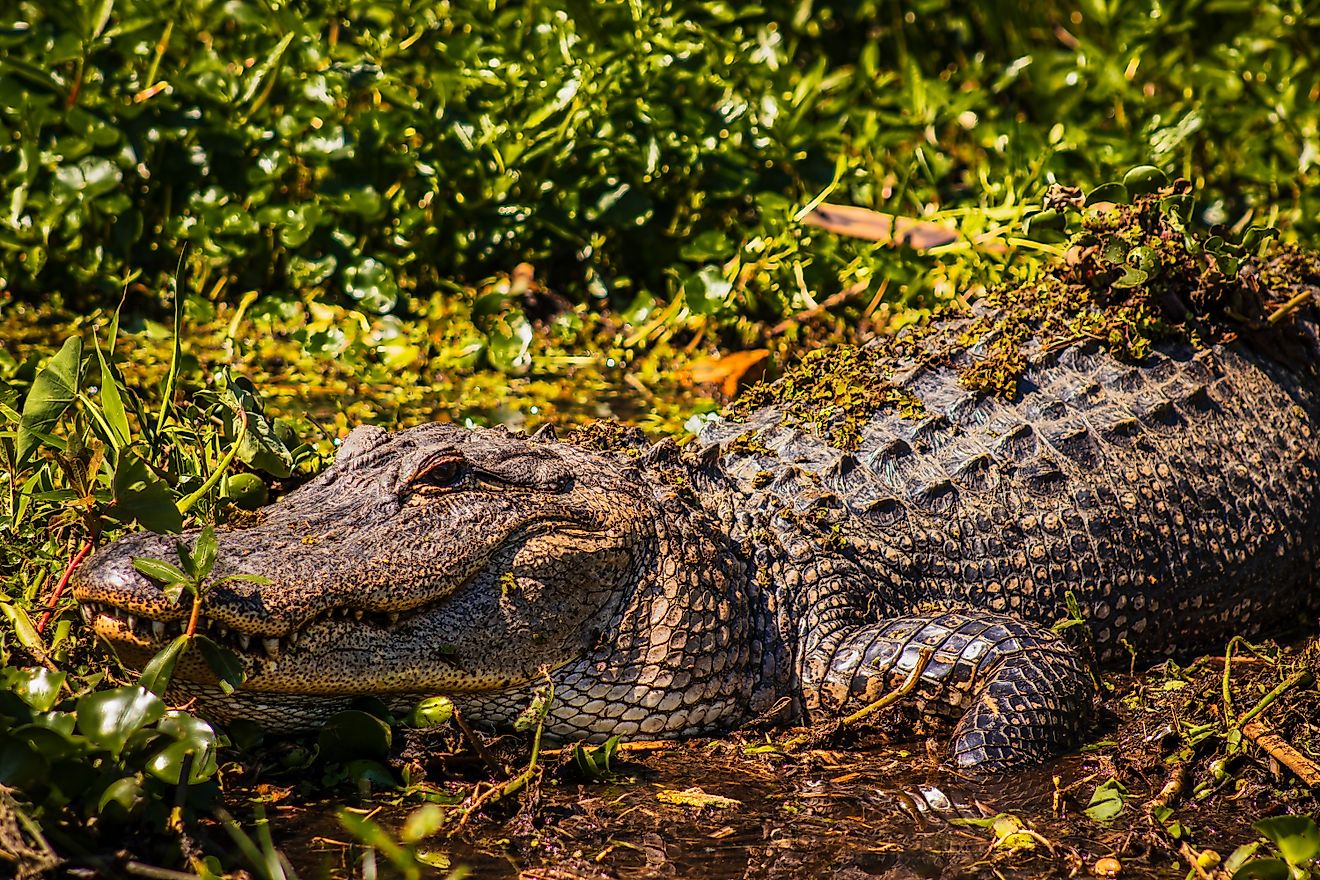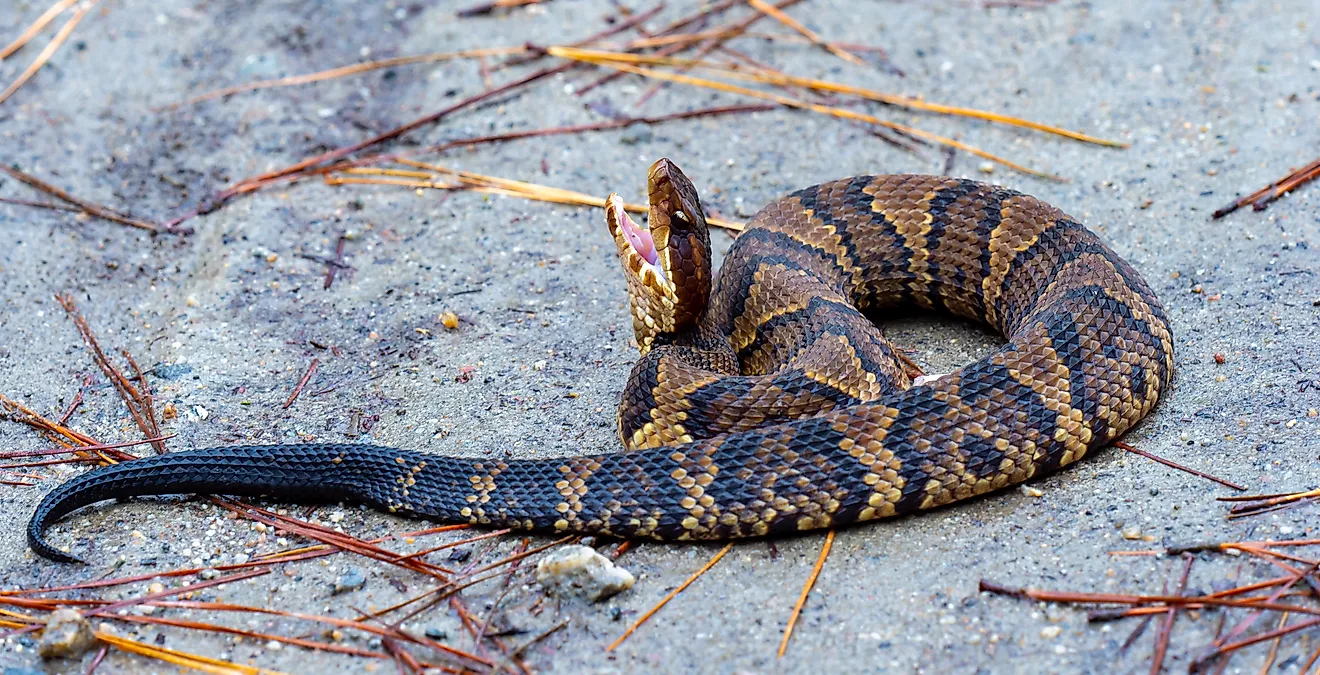Lake Titicaca
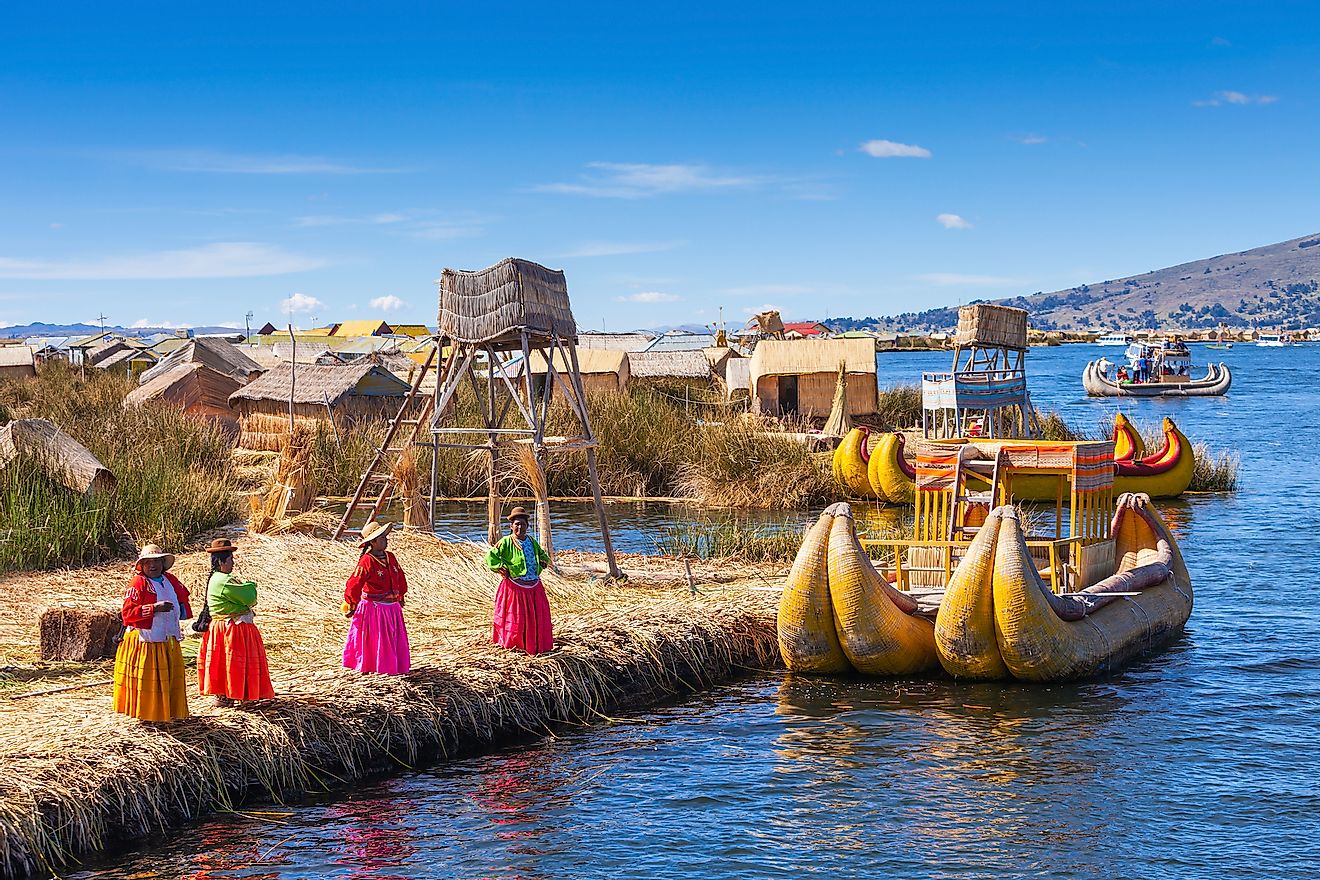
- Lake Titicaca was considered by the Incas to be the birthplace of the sun, and still holds a sacred status to many locals.
- The lake is situated at an elevation of 3,810 meters above sea level, making it one of the highest large lakes on Earth.
- Lake Titicaca is fed by some 25 different rivers and waterways, the largest of which is Ramis.
Lake Titicaca is located between Peru and Bolivia and is the largest freshwater lake in South America. It is situated at an elevation of 3,810 meters above sea level, making it one of the highest large lakes on Earth. Lake Titicaca is also one of under twenty lakes which are considered ancient lakes. Though the exact age is unknown, historians and geologists believe it is as much as three million years old.The lake measures 8,300 square kilometers, or 3,200 square miles, and is 80 kilometers or 50 miles at its widest point. The lake system is actually separated into two bodies by its narrow strait known as Tiquina. The partner lake to Lake Titicaca is known as Pequeño lake (meaning small) by Peruvians, or Lake Huinaymarca by Bolivian
Landscape
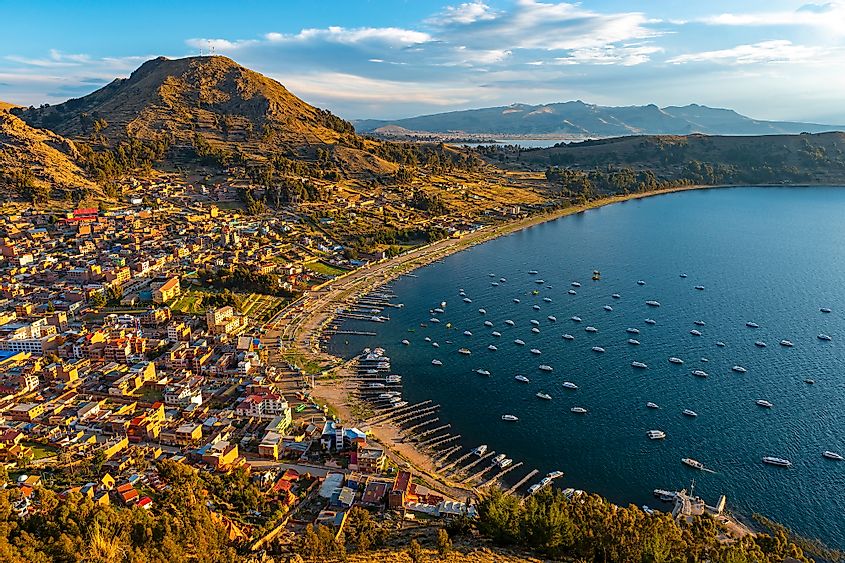
Lake Titicaca is a high elevation lake, situated in the Andes Mountains. Nestled between the various peaks is a large basin which holds the Altiplano plateau. To the northeast of the lake are some of the highest peaks in the area, towering over the lake at 6,400 meters tall, or 21,000 feet.These higher peaks are covered in snow year round, due to the altitude, and offer an impressive backdrop to the calm waters of the lake.
Waterways
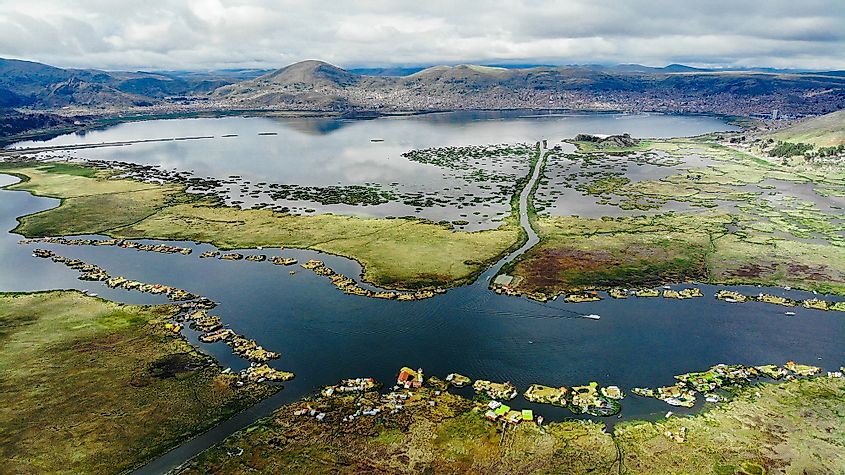
Lake Titicaca is fed by some 25 different rivers and waterways. The largest of these rivers is called Ramis, and it is responsible for the majority of the water flow to the lake. Other notable rivers include Coata, Ilave, Huancané, and Suchez. Though the Desguadero does provide some drainage for the lake, it is very small, and the outflow is limited. In fact, evaporation is the main cause of water loss in Lake Titicaca as the sun is especially strong in the high open plateau. The lake water is slightly brackish meaning it is more saline than freshwater. This may be because the lake was once an ancient sea, which has now become almost entirely freshwater over time. The water levels of the lake rise and fall with the seasons, with the highest levels occurring between December and March, in the summer rainy season. On average, though, the lake has a depth of anywhere from 140 to 180 meters, or 460 to 600 feet. The deepest portion of the lake, just off of the northeastern shore, has been reported at 280 meters, or 920 feet.
History And Mythology
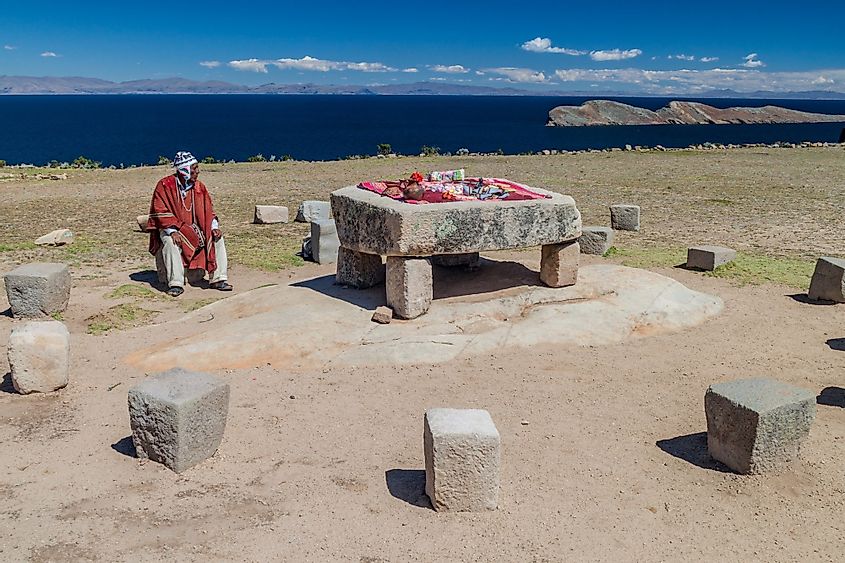
In Bolivian and Peruvian culture, Lake Titicaca is considered to be sacred. As it is one of the world’s few ancient lakes, it has a rich history dating back many civilizations. As long ago as 200BC the Tiwanaku empire lived in the region surrounding the lake. They erected a vast stone city, including pyramids and a Gateway to the Sun. The 1400s saw the arrival of the Incas. They built further structures and temples, the remains of which can still be seen through Peru and Bolivia today, and also held the mythological belief that the lake was the birthplace of the sun.
Visiting
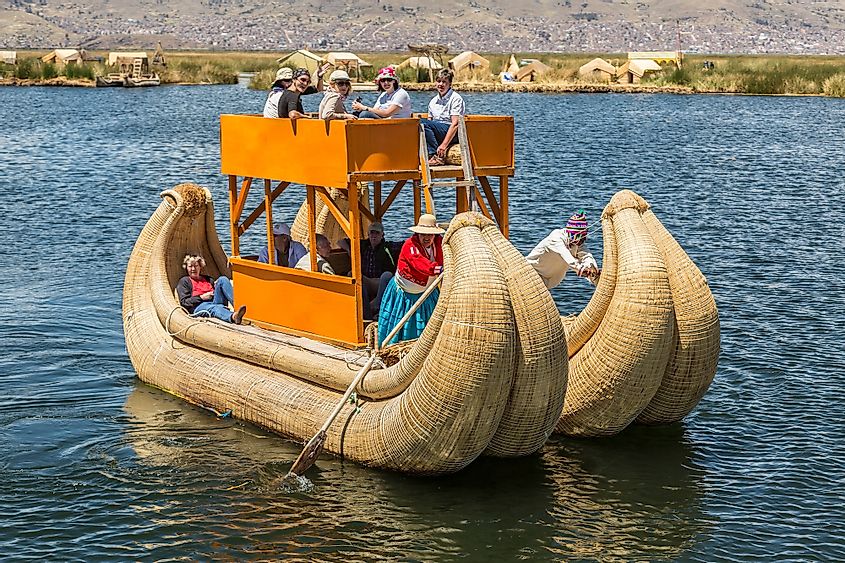
Many people come to see the splendor and views of Lake Titicaca, as well as hike the many trails around the lake and into the Andes. The elevation, however, is extreme, and causes even the fittest athletes to experience adverse reactions. Ideally those visiting have ample time to allow their bodies to adjust to the height, by having rest days before hiking, or travelling through the elevation in slow stages with rest days or long stopovers.
Wildlife
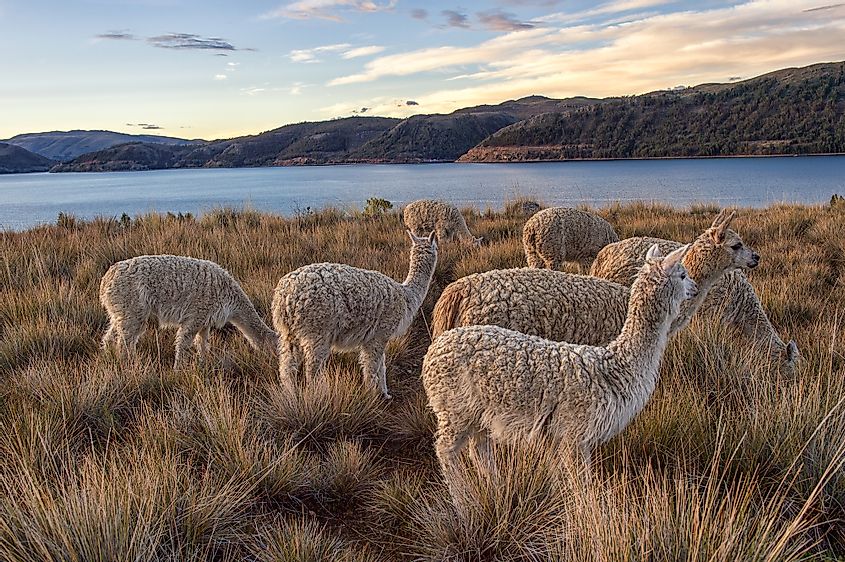
Animals which live in and around Lake Titicaca have to endure harsh conditions, from the blazing heat of the day, to the extreme cold at night. Despite the climate, however, various wildlife thrive in these special conditions.The Titicaca water frog lives deep below the lake’s surface. This endangered species is rare, due to its declining numbers as well as its reclusive nature. Unlike most other frogs, the Titicaca water frog has a thick layer of skin which allows it to absorb oxygen from the water in which it lives and swims. Because of this, the frogs do not need to surface to breathe, and can stay safely submerged, avoiding the heat of the sun and the harsh thin air above.
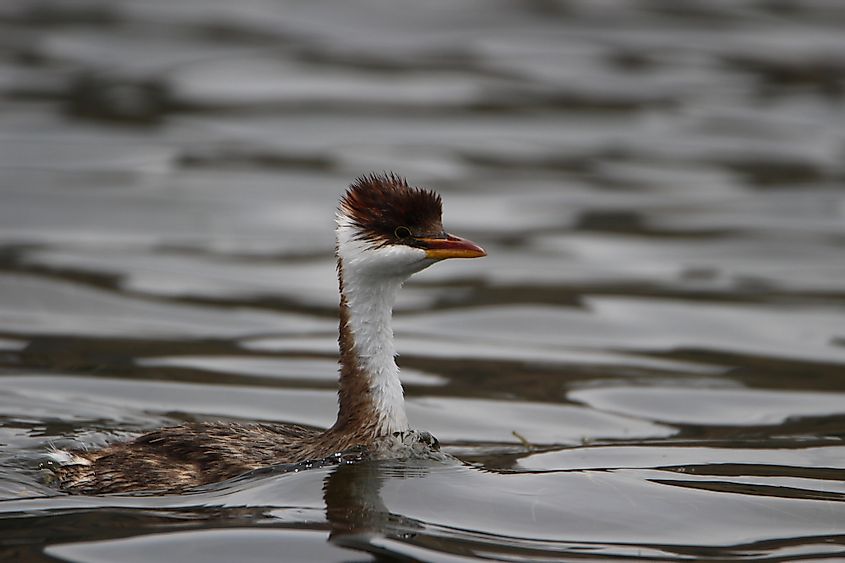
The Titicaca Grebe is another native species which is endemic to the lake region. These duck-like waterfowl live and feed amongst the shallower waters of the lake, finding protection amongst the totora reeds.
There are also a few distinct mammals that live around the lake’s edges, and in the surrounding regions. Wild guinea pigs are common here, and can often be spotted by visitors. They live and travel in small groups, working together to find and share food. This vizcacha is another native rodent that lives in the Lake Titicaca area. This species is similar to a chinchilla, and they too live amongst the stoney rocks and crevices, and are well adapted to the hot dry climate.These small rodents have a predator in the Andean Fox. These types of foxes are native to the Andes, and actually much more similar to coyotes or jackals, rather than foxes. They are well adapted to living and hunting in high altitudes, and feast on small mammals such as guinea pigs and vizcacha.
